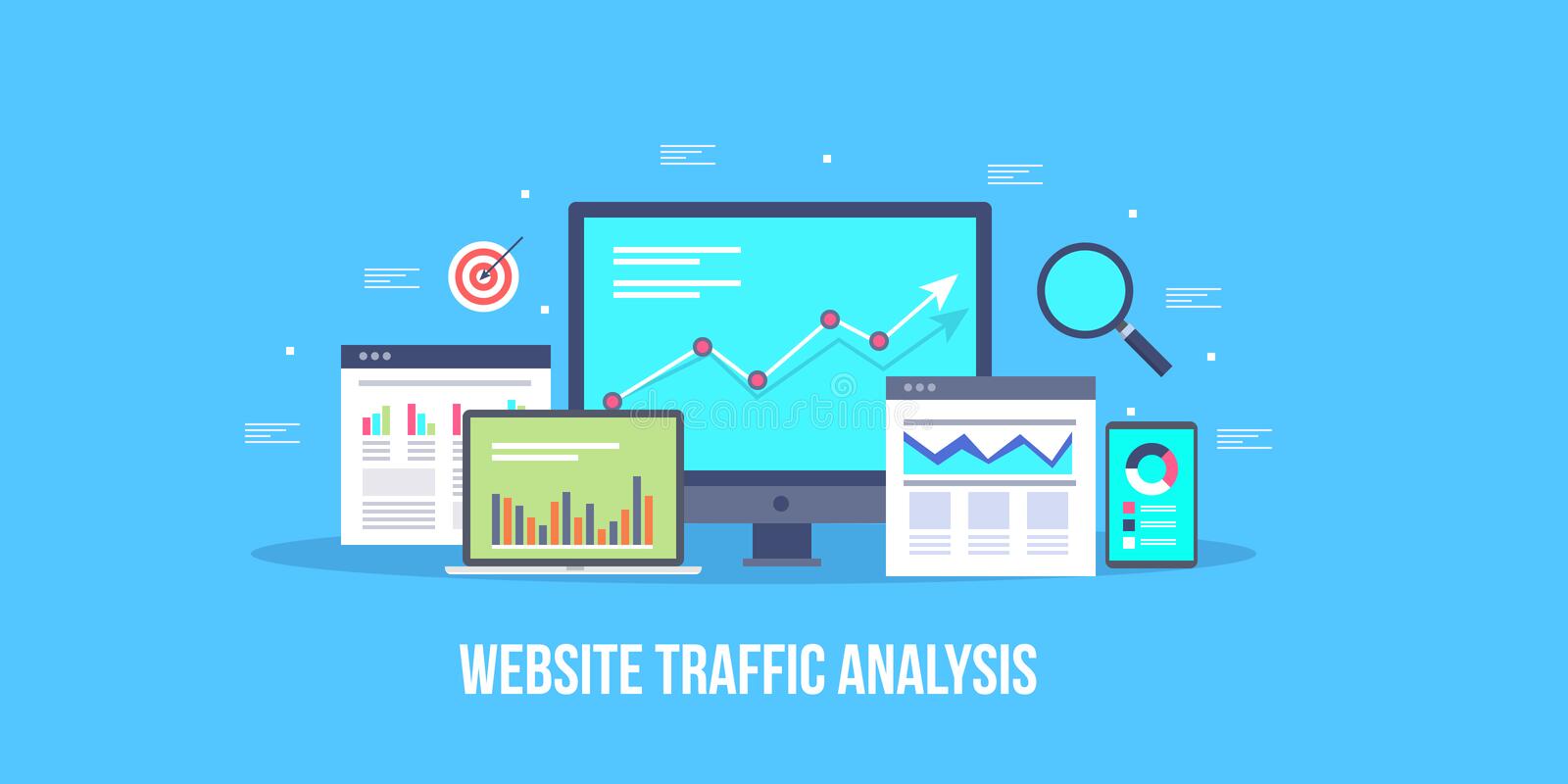
7 Vital Elements Of Successful Website Traffic Analytics
Effective marketing is of paramount importance when it comes to the growth of a business. And for business development, the necessity of making prudent marketing decisions based on actionable data is definitive. However, without a defined and robust web traffic analytics strategy, the process of consistent measurement and improvement becomes very challenging.
To construct a solid foundation of profitable data culture and measuring approach in your company, here are seven essential aspects to consider. Except for these elements, this article provides proven methods to enhance your marketing approaches in a data-driven system to maximize outcomes.
Website Traffic Analysis: 7 elements to successful measurement
#1: Actionable data:
One of the prime objectives of using a tool for analyzing websites traffic is to collect actionable data. Installing web analytics can earn you money only if you utilize the insights for creative marketing and improving user experience. To apply a structured measurement approach, validate the actionability of the gathered data, and have confidence in the key stakeholders’ efficacy.
#2: KPIs, conversions, and business goals:
A successful business must consistently focus on the Key Performance Indicators to translate the business goals into micro-conversions that ensure macro conversations. Avoid revenue discrepancy by aligning the back-end CRM system with the conversions. Social media marketing and Google Ads must also follow the same pattern to drive effective UI/UX optimization.
#3: Measurement governance:
Website analytics can fetch you the required data to alter the marketing strategy for better site performance. However, without a solid governance process, scalability becomes unachievable. Informed advancements can only be accomplished by intelligent and robust documentation that enables knowledge sharing across the company. Formulate these elements ahead for a dedicated roadmap:
- Measurement roadmap or the tracking brief.
- Metadata roadmap.
- Tag governance and Event governance documents.
- Business requirements documentation.
#4: Substantial collection and benchmarks:
Tracking everything does not only swallows your time but also wastes your money and resources. However, if you plan to run Machine Learning to extract significant insights from this pool of data, collecting big data can be beneficial. So, if you need positive incremental growth without imposing a considerable load on the implementation teams, you should start tracking only the essential data. It can provide workable insights for UI/UX development. Setting internal benchmarks will help you save time and resources and change only the required ones. To expedite the process, deploy analytics in sprints that are in sync with the product release plan.
#5: Integrations:
Web measurement with an end-to-end (e2e) approach can benefit from the platform integrations. In the e2e paradigm aggregating across different platforms can provide meaningful data. For data-driven operations, integrating unsampled data using BQ and API connectors as sample data will be useless for this purpose.
#6: Regression testing:
Regression testing is necessary when web deployment can impact the tracking code. For stability and scalability in web analytics tracking, one must run regression testing cycles on a regular interval to ensure that the tracking code is functioning adequately. For example, you can run automation testing on a critical component like the e-commerce site’s confirmation page on your site. To start with, run regression testing in every release cycle. Contrarily, when the analytics doesn’t get actively implemented, you can conduct this test once a quarter to ensure sustainability.
#7: Action on analyzed data:
Successful web traffic analytics is achievable through a precise and unambiguous step-by-step approach. This approach is often named the HADI cycle. The HADI cycle depicts a typical flow of information in action: Hypothesis > Action > Data > Insight. Maintain the rapidity and inexpensiveness in your optimization endeavors to achieve a shorter turnaround. Begin the cycle with an If-Then approach and design the Hypothesis. Act on the assumed Hypothesis to collect the required data for analyzing the delta of critical KPIs. Next, generate insights to confirm the Hypothesis, and scale the change. If the insights are not aligned with the Hypothesis, find out possible reasons and improvise.
Conclusion
These were seven vital elements for a successful website traffic analytics. To maintain stability and scalability, you must document your measurement process aligned with your business requirements. Furthermore, allocating the right resources in the correct procedure will reinforce data reliability to ensure added weight in the marketing process.





